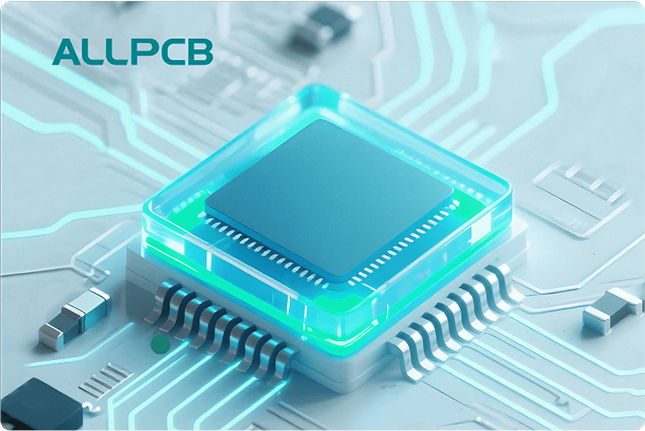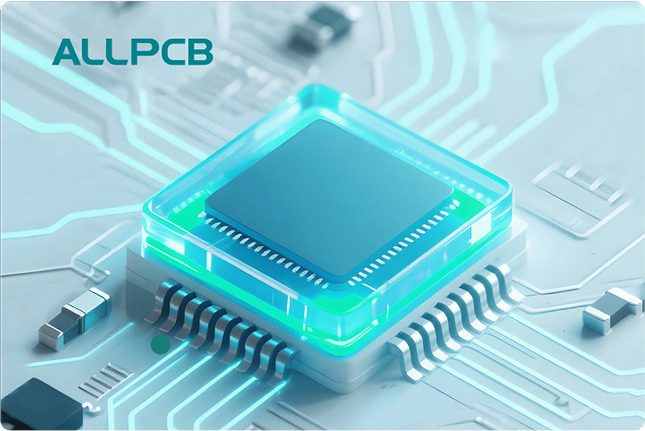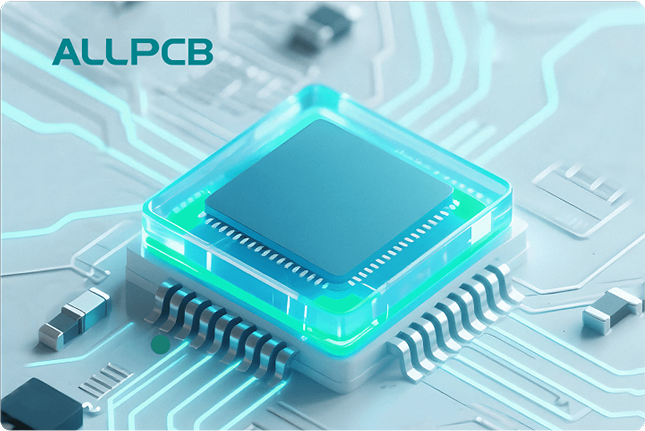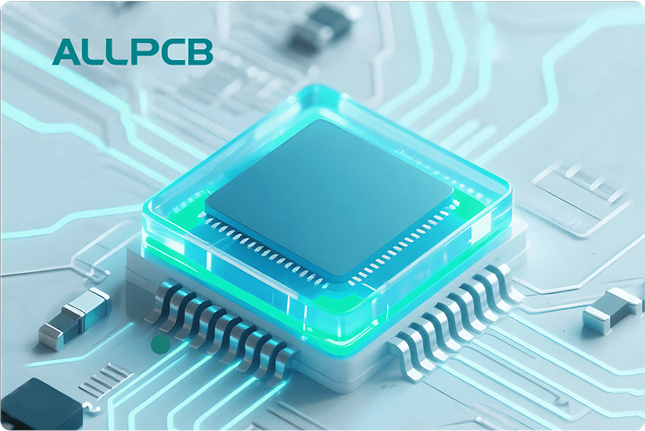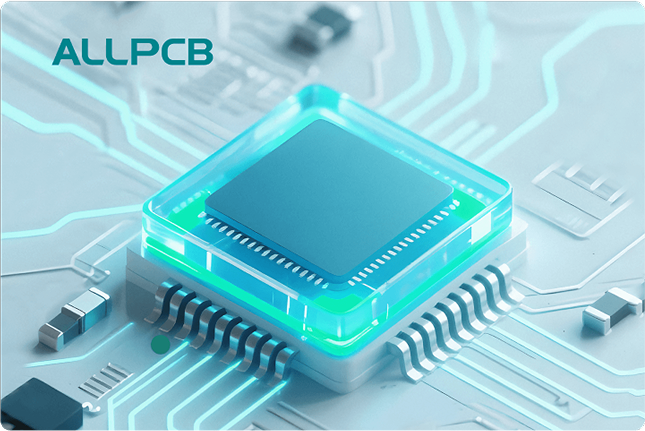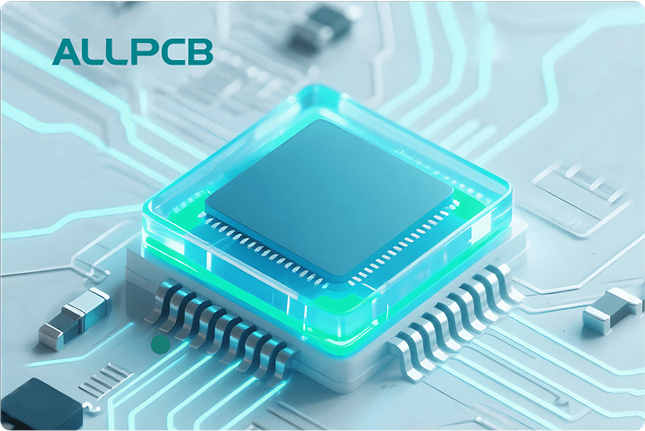Selective soldering is a critical process in electronics manufacturing, especially for assembling printed circuit boards (PCBs) with through-hole components. Achieving a high first pass yield (FPY)—the percentage of units that pass inspection without rework on the first attempt—is essential for reducing costs, minimizing waste, and ensuring product quality. In this comprehensive guide, we’ll explore proven strategies for selective soldering process control and optimization to help you maximize FPY. From optimizing flux application in selective soldering to mastering preheating best practices, fine-tuning solder wave parameter optimization, and minimizing defects in selective soldering, we’ve got you covered with actionable insights.
Whether you’re an electronics manufacturer or a process engineer, this blog will provide detailed steps and practical tips to refine your selective soldering process. Let’s dive into the key factors that influence FPY and how to control them effectively.
What Is First Pass Yield in Selective Soldering and Why Does It Matter?
First pass yield is a key performance indicator in manufacturing that measures the efficiency of a process by calculating the ratio of defect-free units produced on the first run to the total units processed. In selective soldering, a high FPY means fewer boards require rework or repair due to soldering defects like insufficient solder, bridging, or poor wetting. This directly impacts production costs, turnaround times, and customer satisfaction.
Achieving a high FPY in selective soldering is challenging due to the precision required in soldering individual through-hole components without affecting nearby areas. However, with proper process control and optimization, manufacturers can significantly improve their results. Let’s explore the core strategies to make this happen.
Understanding Selective Soldering Process Control
Selective soldering process control involves managing every step of the soldering operation to ensure consistent, high-quality results. Unlike wave soldering, which applies solder across the entire board, selective soldering targets specific areas using a solder fountain or nozzle. This precision demands tight control over multiple variables to prevent defects and ensure repeatability.
Key aspects of process control include monitoring and adjusting flux application, preheating temperatures, solder wave parameters, and cooling rates. By maintaining strict control over these elements, manufacturers can reduce variability and improve FPY. For instance, a deviation of just 5°C in preheating temperature can affect solder wetting and lead to defects like cold joints. Consistency is the foundation of success in selective soldering.
Optimizing Flux Application in Selective Soldering
Flux plays a vital role in selective soldering by cleaning the surfaces to be soldered and promoting proper wetting of the solder. However, optimizing flux application in selective soldering is often overlooked, leading to defects such as insufficient solder fill or residue buildup. Here are some best practices to ensure effective flux application:
- Use the Right Flux Type: Choose a flux compatible with your PCB material and components. Water-soluble fluxes are often preferred for their ease of cleaning, while no-clean fluxes reduce post-soldering residue concerns. Ensure the flux activation temperature matches your preheating profile.
- Control Flux Volume: Applying too much flux can lead to residue that interferes with soldering or causes corrosion over time. Too little flux may result in poor wetting. Use precision drop-jet systems to apply flux only to targeted areas, typically at a rate of 1-2 microliters per joint, depending on component size.
- Monitor Flux Activation: Ensure the flux is fully activated during the preheating stage. Insufficient activation can leave oxides on the surface, preventing proper solder adhesion. Regularly inspect flux application patterns using visual or automated inspection systems.
By fine-tuning flux application, you can prevent common issues like non-wetting and improve the reliability of solder joints, directly boosting FPY.
Preheating Best Practices for Selective Soldering
Preheating is a critical step in selective soldering that prepares the PCB and components for the soldering process. Proper preheating best practices in selective soldering ensure thermal uniformity, reduce thermal shock, and enhance solder wetting. Here are key tips to optimize preheating:
- Maintain Uniform Temperature: Use infrared or convection preheating systems to achieve even heat distribution across the PCB. Aim for a topside temperature of 100-120°C for most standard FR-4 boards to activate flux and minimize thermal gradients.
- Adjust Preheating Time: The duration of preheating depends on the board’s thickness and component density. For a typical 1.6mm PCB, a preheating time of 60-90 seconds is often sufficient. Thicker boards (e.g., 2.4mm) may require up to 120 seconds to reach the desired temperature.
- Monitor Thermal Profiles: Use thermocouples or thermal imaging to verify that the PCB reaches the target temperature without exceeding component limits. Overheating can damage sensitive components, while underheating can lead to poor solder flow and defects like cold joints.
Effective preheating sets the stage for successful soldering by ensuring the board and components are at the right temperature for solder application. This step is crucial for minimizing defects in selective soldering and achieving a high FPY.
Solder Wave Parameter Optimization for Precision
The solder wave or fountain in selective soldering is where the actual soldering occurs, making solder wave parameter optimization a cornerstone of process control. Fine-tuning these parameters ensures precise solder application and minimizes defects. Here’s how to optimize solder wave settings:
- Select the Right Nozzle Size: Choose a nozzle diameter that matches the solder joint geometry and component lead spacing. For small joints with nearby components, a nozzle diameter of 2-3mm may be ideal, while larger joints might require 4-6mm nozzles. Proper sizing prevents solder bridging and ensures adequate solder fill.
- Control Solder Temperature: Maintain solder bath temperatures within a tight range, typically 260-300°C for lead-free solders like SAC305. A variation of ±5°C can affect solder flow and wetting. Use real-time monitoring to keep temperatures stable.
- Adjust Contact Time: The time the solder wave contacts the joint, known as dwell time, should be optimized based on joint size and thermal mass. For most through-hole components, a dwell time of 1-3 seconds is sufficient to form a strong joint without overheating the board.
- Manage Wave Height and Flow: Ensure the solder wave height is consistent to avoid flooding or insufficient solder application. A wave height of 1-2mm above the nozzle tip often works well for standard components, though adjustments may be needed based on lead height and board design.
Optimizing these parameters reduces common defects like solder bridging, insufficient fill, and thermal damage, directly contributing to a higher FPY in selective soldering.
Minimizing Defects in Selective Soldering
Defects in selective soldering, such as bridging, cold joints, and non-wetting, are major obstacles to achieving a high FPY. Minimizing defects in selective soldering requires a combination of process control, regular maintenance, and inspection. Here are actionable strategies to reduce defects:
- Prevent Solder Bridging: Bridging occurs when solder connects adjacent pins or pads unintentionally. Use smaller nozzles for tight spaces and adjust solder wave height to avoid excess solder. Additionally, ensure PCB design rules account for adequate spacing (e.g., minimum 2mm between through-hole leads).
- Avoid Cold Joints: Cold joints result from insufficient heat or poor wetting. Verify preheating temperatures and flux activation to ensure proper solder flow. If cold joints persist, increase dwell time by 0.5-1 second or raise solder temperature by 5°C within safe limits.
- Reduce Non-Wetting Issues: Non-wetting happens when solder fails to adhere to the component lead or pad. This is often caused by inadequate flux or contamination. Clean boards thoroughly before soldering and use fresh flux to ensure surface cleanliness.
- Implement Regular Inspections: Use automated optical inspection (AOI) systems to detect defects immediately after soldering. AOI can identify issues like insufficient solder fill (less than 75% hole fill) or bridging with high accuracy, allowing for quick process adjustments.
By addressing these common defects through proactive process control, you can significantly improve the quality of solder joints and increase your FPY.
Additional Tips for Maximizing First Pass Yield
Beyond the core process parameters, several other factors contribute to maximizing FPY in selective soldering. Incorporate these strategies for even better results:
- Train Operators: Ensure all personnel are well-trained in selective soldering equipment operation and troubleshooting. A skilled operator can spot issues like flux buildup or nozzle wear before they impact production.
- Maintain Equipment: Regularly clean and calibrate soldering machines to prevent issues like nozzle clogging or inconsistent preheating. For instance, clean solder nozzles every 8-12 hours of operation to remove dross buildup.
- Use Quality Materials: Invest in high-quality solder alloys and fluxes to ensure consistent performance. Low-quality materials can introduce variability and increase defect rates.
- Leverage Data and Feedback: Collect data from each production run to identify trends in defects or process deviations. Use statistical process control (SPC) to monitor variables like solder temperature and dwell time, aiming for a process capability index (Cpk) of at least 1.33 for critical parameters.
These additional measures create a robust framework for continuous improvement, helping you sustain a high FPY over time.
Conclusion: Building a High-Yield Selective Soldering Process
Maximizing first pass yield in selective soldering is achievable through meticulous selective soldering process control and targeted optimization strategies. By focusing on optimizing flux application in selective soldering, adhering to preheating best practices, mastering solder wave parameter optimization, and actively minimizing defects in selective soldering, manufacturers can significantly reduce rework and improve production efficiency.
Start by auditing your current process to identify areas for improvement, such as inconsistent flux application or suboptimal preheating temperatures. Implement the strategies outlined in this guide, monitor results using inspection tools, and refine your approach based on data. With consistent effort and attention to detail, you can achieve a higher FPY, lower costs, and deliver top-quality PCBs to your customers.
At ALLPCB, we’re committed to supporting electronics manufacturers with resources and expertise to enhance their production processes. Explore our range of manufacturing solutions to complement your selective soldering efforts and take your assembly quality to the next level.
 ALLPCB
ALLPCB


